Today I am here to talk to you about popsicle sticks. They come in a variety of colors and sizes. Almost every teacher has them in his or her room. There are a ton of ways to use them, and I am going to share a few of my favorite with you.
Engaging Fluency Practice in Math
Common Core Standards that apply to fluency:
*Kinder+ add and subtract within 5
*First
+ Add and subtract within 20, demonstrating fluency for addition and subtraction within 10
*Second
+ Fluently add and subtract within 20 using mental strategies
+ Fluently add and subtract within 100 using strategies based on place value, properties of
operations, and/or the relationship between addition and subtraction.
*Third
+ Fluently multiply and divide within 100 know from memory all products of two one-digit
numbers
+ Fluently add and subtract within 1000 using strategies and algorithms based on place value,
properties of operations, and/or the relationship between addition and subtraction.
*Fourth
+ Fluently add and subtract multi-digit whole numbers using the standard algorithm.
*Fifth
+ Fluently multiply multi-digit whole numbers using the standard algorithm.
*Sixth
+ Fluently divide multi-digit numbers using the standard algorithm
+ Fluently add, subtract, multiply, and divide multi-digit decimals using the standard algorithm
for each operation.
Engaging Ideas:
Activity 1Students need fun ways to practice their fluency in math facts. I pinned this fabulous idea from First Grade Parade a looonng time ago. The little pumpkins are fun and festive for fall or Halloween, but I needed something that I could use all year and that I could store flat in a file folder or binder. Instead of containers, I used index cards to write the numbers on and I fancied them up a bit with some washi tape. Now everything fits in a small ziploc bag.
I work with different grade levels, and I was able adapt the activity as I moved between groups of students. In K-3, I put the sum/difference/product/quotient on the index card and the equations on the popsicle sticks.
Activity 2
I wanted a way to use the concept of I Have, Who Has but individually. This worked really great with the 3-6 students in helping them becoming more fluent with bigger numbers and get practice using all four operations.
Multiple Ways to Group Students
Along with working with small groups of different grade levels, I also work with one second grade class. Every student has a popsicle stick with their name on it. I use them to make sure I am calling on a variety of students instead of the same ones every time. I also use them to group students. At the other end of their stick I have different symbols that allow me a variety of ways to quickly group students.I can group students by:
the type of washi tape - This was created to be completely random. I put the washi tape on the stick first, mixed them up, and put them upside down in a cup. Then I randomly drew a stick out and wrote the students' name on the stick. Thinking ahead to next year, I am going to type the student names on small address labels, so I can use the same sticks year to year. Then each year I just have to put a new label on top of the old one.
the shape - After I had student names on the sticks, I laid them out and grouped them based on specifically to make sure that I had one strong reader in each group. I was working with the students on citing evidence this year, and we worked with some short passages that were a little above where most of the students were reading. Knowing I had one strong reader allowed me to use those passage for group work as well as my model.
color of their name along with letter on washi tape - In the instances that I wanted to use a jigsaw with my students, I wanted to make sure that I could quickly put them into groups and also give students a reminder of where to report back to for home group. The color the student's name was written in indicates the home group. The letter on the washi tape indicates the expert group.
If you enjoyed these bright ideas, please consider joining me on Facebook, Twitter, or Instagram for more ideas.
The Bright Idea bloggers also created a Pinterest board so all the great ideas from each month are housed in one place. This is definitely a board to follow for great ideas.
For more bright ideas from 150 different bloggers, browse through the link-up below. The titles give you a glimpse of the topic and grade level of each post, so you can choose the right ones for you. Thank you so much for visiting today!




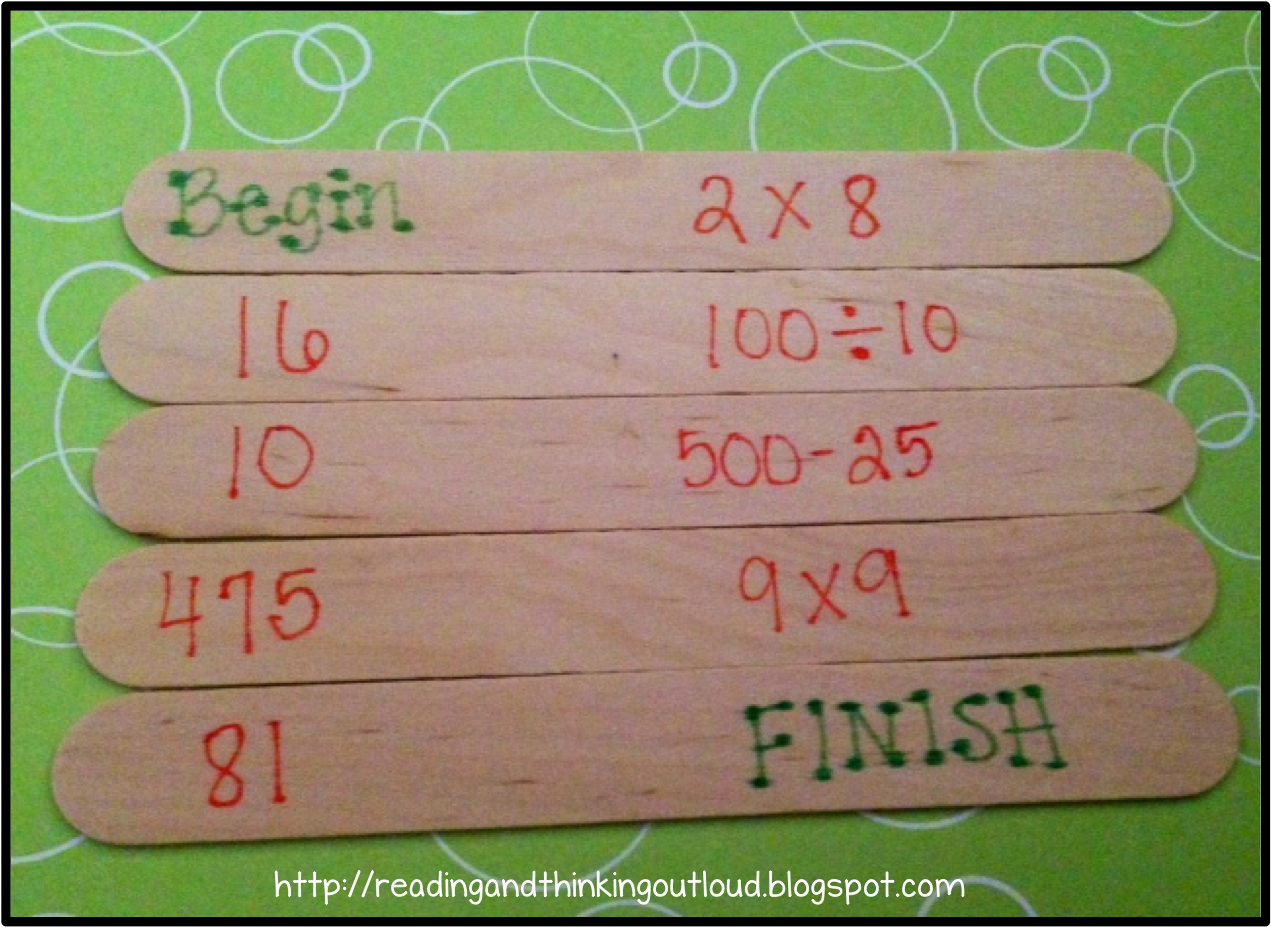











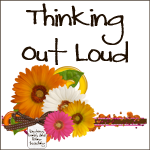



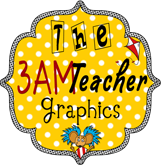

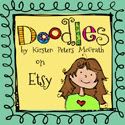





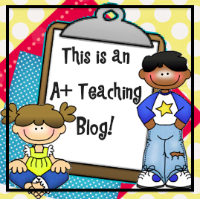





No comments:
Post a Comment
I would love to hear from you. Let's start a conversation.